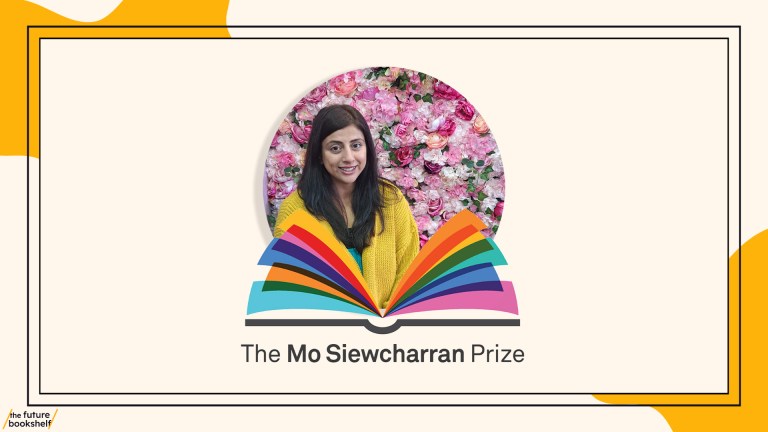‘To create characters the reader will care about, first you have to get to know them’

The characters we remember are as complex as the people we have in our lives
from Your Creative Writing Masterclass by Jurgen Wolff
For many authors, characters are the starting point and the plot flows from them. Hilary Mantel says:
If you aspire to a book that will last, that will be worth rereading, don’t think about plot at all, think about your characters . . . If you make your characters properly they will simply do what is within them, they’ll act out the nature you have given them, and there – you’ll find – you have your plot.
The characters we remember long after we have forgotten the details of plot are as complex as the people we have in our own lives. Jane Gardam says:
If its characters (and that’s what a novel is about, characters; the plot must look after itself except in thrillers and perhaps even then) are not contestable, arguable, differently interpreted by different readers, then the book has not been worth good money.
F Scott Fitzgerald advised:
Begin with an individual and you find that you have created a type; begin with a type and you find that you have created— nothing.
In a letter to his editor, Stieg Larsson, author of The Girl with the Dragon Tattoo, explained that he was consciously going against type in creating his investigative journalist protagonist and other characters:
I have tried to create main characters who are drastically different from the types who generally appear in crime novels.
Mikael Blomkvist, for instance, doesn’t have ulcers, or booze problems or an anxiety complex. He doesn’t listen to operas, nor does he have an oddball hobby such as making model airplanes. He doesn’t have any real problems, and his main characteristic is that he acts like a stereotypical ‘slut’, as he himself admits. I have also deliberately changed the sex roles: In many ways Blomkvist acts like a typical ‘bimbo’, while Lisbeth Salander has stereotypical male characteristics and values. . . A rule of thumb has been never to romanticise crime and criminals, nor to stereotype victims of crime.
Mark Twain said:
The test of any good fiction is that you should care something for the characters; the good to succeed, the bad to fail.
The trouble with most fiction is that you want them all to land in hell, together, as quickly as possible.
Patricia Highsmith took the view that
First, readers want to read about people, individuals whom they can believe in, and preferably like a little. A naïve, maybe careless but lucky hero or heroine would appeal to readers, I think, because we all worry about not doing the wise thing in a crisis; and if such a personage comes out alive and successful, the reader gets a lift from it. The reader has to identify – even slightly – with a character or two, otherwise he or she is not going to go on reading.
To create characters the reader will care about, first you have to get to know them: what drives them, what they would do in any given situation, and what they would say. As W Somerset Maugham pointed out:
You can never know enough about your characters.
Not everything you know will end up in the finished work.
In her book If You Want to Write, Brenda Ueland noted:
Someone once asked Ibsen how he happened to name the heroine of A Doll’s House Nora, and he said, ‘Well, her real name was Eleonora but they got to calling her Nora as a little girl.’ You see, he knew her whole life, everything about her, from earliest childhood, though in the play only a few hours of her life are shown.





